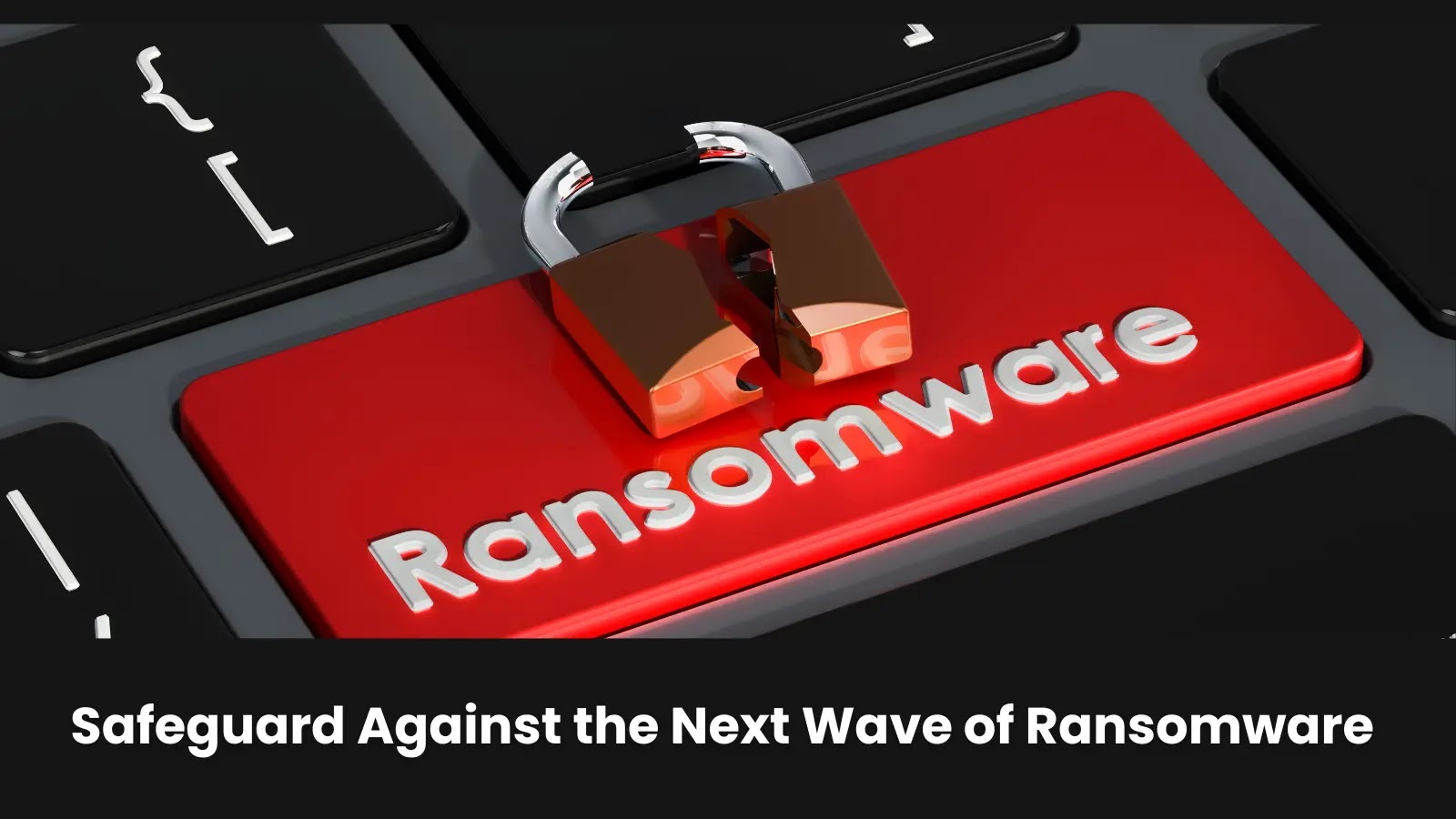Ransomware has evolved from a niche cybercrime into a multibillion-dollar global menace, disrupting sectors such as healthcare, finance, manufacturing, and government operations. In 2025, the threat continues to escalate, driven by the proliferation of the ransomware-as-a-service (RaaS) model. This franchise approach allows individuals with limited technical expertise to execute sophisticated attacks by leasing ransomware tools from seasoned developers.
According to Comparitech’s analysis, ransomware groups claimed responsibility for 5,461 successful attacks on organizations worldwide in 2024. Of these, 1,204 incidents were confirmed by the affected entities, while the remainder were unacknowledged but asserted by ransomware groups on their data leak platforms. These statistics underscore the pressing need for organizations to implement proactive cybersecurity measures that extend beyond fundamental practices. As cybercriminals adopt innovative tactics and target increasingly critical sectors, preparing for the next wave of ransomware is imperative for organizational resilience.
The Evolving Ransomware Landscape
The ransomware threat environment has become more fragmented, dynamic, and technically sophisticated. In 2024, 55 new ransomware groups emerged, marking a 67% increase from the previous year. This surge is partly due to law enforcement dismantling established RaaS platforms, creating opportunities for smaller, more agile threat actors to enter the cybercrime ecosystem.
Groups like Cl0p, Medusa, and RansomHub have adopted strategies that emphasize both volume and precision. For instance, Cl0p’s significant activity spike in early 2024 was linked to the mass exploitation of the MOVEit secure file transfer tool, indicating a trend toward supply chain infiltration and multi-victim attacks.
Simultaneously, government agencies, including the FBI and CISA, have issued advisories on high-impact groups like Medusa, reporting a dramatic increase in incidents, particularly in education, healthcare, and infrastructure sectors. This highlights the necessity for continuous vigilance and adaptive defense strategies.
Understanding Modern Attack Vectors
Today’s cyber attackers employ hybrid techniques that exploit user behavior, system vulnerabilities, and cloud-based infrastructures, moving beyond traditional malware-based methods.
1. Phishing and Credential Theft
Phishing remains a prevalent entry point for cybercriminals, enabling them to harvest credentials or deceive users into executing malicious software. Social engineering tactics have become more personalized, increasing success rates even among trained employees.
2. Exploiting Unpatched Vulnerabilities
The U.S. Cybersecurity and Infrastructure Security Agency (CISA) has reported that attackers frequently exploit vulnerabilities in widely used products, such as Citrix NetScaler ADC/Gateway and Cisco IOS XE Web UI. This underscores the urgency of timely patching and vulnerability management to prevent exploitation.
Additionally, Palo Alto Networks observed a significant increase in large-scale cyber intrusions during 2023, primarily exploiting vulnerabilities in web applications and internet-facing software. This trend highlights the need for organizations to secure external-facing systems and promptly address known vulnerabilities.
3. Malware-Free Techniques
Cybercriminals are increasingly employing living off the land techniques, utilizing legitimate tools and processes within a system to execute attacks without deploying traditional malware. This approach makes detection more challenging and emphasizes the need for behavioral monitoring and anomaly detection.
Proactive Defense Strategies
To effectively combat the evolving ransomware threat, organizations should adopt a multifaceted approach that includes the following strategies:
1. Implement a Zero Trust Architecture
Adopting a Zero Trust model ensures that no entity, whether inside or outside the network, is trusted by default. This approach requires continuous verification of user identities and device security postures before granting access to resources. By segmenting networks and enforcing strict access controls, organizations can limit the lateral movement of attackers within their systems.
2. Develop and Regularly Update Incident Response Plans
Having a well-defined incident response plan enables organizations to respond swiftly and effectively to ransomware attacks. These plans should outline clear roles and responsibilities, communication protocols, and recovery strategies. Regular testing and updating of these plans ensure preparedness for various attack scenarios.
3. Enhance Employee Training and Awareness
Educating employees about the latest phishing tactics and social engineering methods is crucial. Regular training sessions can help staff recognize suspicious emails, links, and attachments, reducing the likelihood of successful attacks. Encouraging a culture of cybersecurity awareness empowers employees to act as the first line of defense.
4. Establish Robust Backup and Recovery Procedures
Implementing the 3-2-1 backup strategy—maintaining three copies of data on two different media types, with one copy stored offsite—can significantly mitigate the impact of ransomware attacks. Ensuring that backups are immutable and regularly tested for integrity and restoration capabilities is essential for rapid recovery.
5. Conduct Regular Security Audits and Vulnerability Assessments
Routine security audits and vulnerability assessments help identify and remediate potential weaknesses within an organization’s infrastructure. Staying informed about the latest threats and applying timely patches to software and systems can prevent attackers from exploiting known vulnerabilities.
6. Collaborate with Law Enforcement and Industry Partners
Sharing threat intelligence with law enforcement agencies and industry partners can enhance collective defense efforts. Collaboration facilitates the identification and disruption of ransomware operations, contributing to a more secure cyber environment.
Conclusion
As ransomware threats continue to evolve in complexity and scale, organizations must adopt comprehensive and proactive defense strategies. By implementing Zero Trust architectures, developing robust incident response plans, enhancing employee training, establishing resilient backup procedures, conducting regular security assessments, and fostering collaboration, businesses can significantly reduce their vulnerability to ransomware attacks. Staying vigilant and adaptable is key to safeguarding against the next wave of ransomware.



